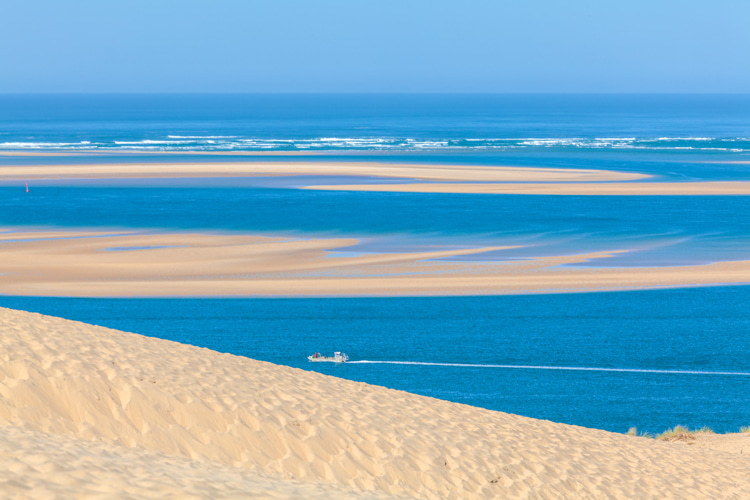Whether they're inland or on the coastline, dunes are more than just heaps of sand.
These magnificent natural formations have had a profound impact on the Earth's ecosystems and have captivated the imagination of humans for centuries.
Formed by wind and water, dunes are hills or ridges of sand that can be found on every continent except Antarctica.
The word "dune" itself has its roots in the Old French and Middle Dutch languages, both meaning "hill" or "elevation."
Let's uncover 50 incredible facts about dunes to reveal the secrets hidden within their sandy slopes.
Types and Shapes
Dunes can occur in deserts, coastal areas, and even alongside rivers and lakes.
They come in various shapes, such as:
- Barchan Dunes: These crescent-shaped sand formations develop in areas with limited sand supply and unidirectional wind. The tips of the crescent point face downwind, and they typically form in groups or as isolated mounds;
- Transverse Dunes: These long, wavy ridges form perpendicular to the prevailing wind direction. They are found in areas with an abundant sand supply and consistent wind direction. Transverse dunes are generally straight or slightly sinuous;
- Parabolic Dunes: Also known as U-shaped dunes, they have a curve that points in the direction of the wind. They form in areas with abundant sand and vegetation. The vegetation anchors the dune's arms, allowing the central part to be eroded and blown downwind, creating a U-shape;
- Longitudinal Dunes: Also called seif dunes, they form parallel to the prevailing wind direction and can stretch for hundreds of kilometers. Longitudinal dunes typically occur in areas with a limited sand supply and bimodal wind directions that are nearly opposite to each other;
- Star Dunes: They have multiple arms that radiate from a central point, making them appear star-shaped from above. Star dunes form in areas with multidirectional winds that shift frequently, causing the sand formation to grow in several directions simultaneously;
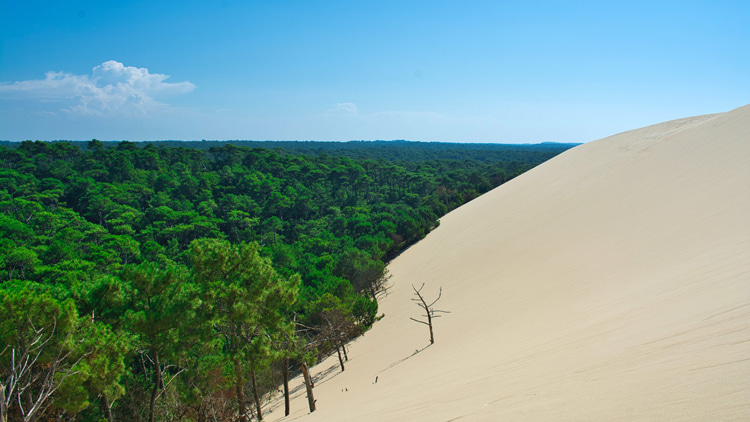
Formation and Movement
The formation of dunes begins with a process called saltation, where wind lifts sand grains and causes them to hop or skip along the ground.
As these grains accumulate, they form a ripple pattern, eventually developing into a mound.
The slip face, or stoss side, of a dune, is the steep, downwind side where sand grains slide down and accumulate.
This slope typically maintains an angle of repose, the steepest angle a dune can have without collapsing, which is around 34 degrees.
The fascinating aspect of sand heaps is their ability to migrate.
Movement occurs when sand is transported from the windward side to the slip face, causing the bank to move slowly.
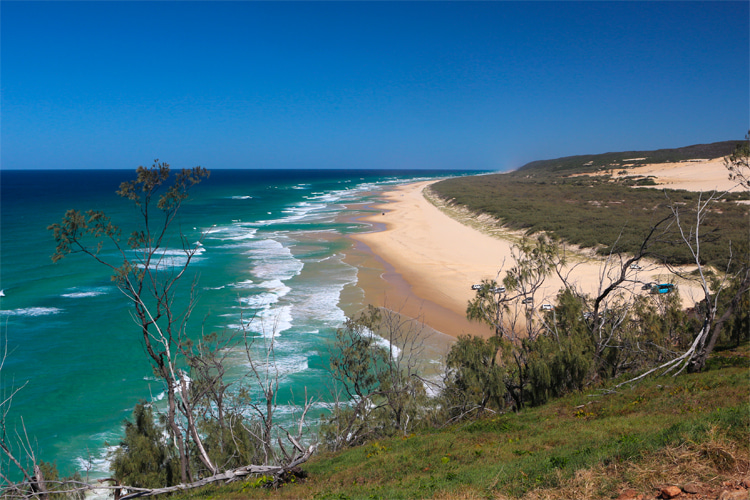
Ecosystems and Wildlife
Dunes are critical habitats for a wide variety of plant and animal species.
Many dune-dwelling plants, such as marram grass and beachgrass, have adapted to the harsh, sandy environment by developing deep root systems to anchor themselves.
These plants help stabilize slopes by trapping sand with their roots and leaves, preventing erosion.
Animals like the sand gazelle and the fringe-toed lizard have evolved unique adaptations to survive in dune environments, such as large, flat feet for moving across loose sand.
Insects, including beetles and ants, are abundant in these sandy ecosystems and play a critical role in decomposition and nutrient cycling.
Human Impact and Conservation
Human activities, such as construction and off-road vehicle use, can severely damage dune ecosystems.
Stabilization using vegetation or artificial structures is essential in preventing coastal erosion.
Initiatives like the Great Green Wall in Africa aim to combat desertification by planting a barrier of trees and vegetation across the southern edge of the Sahara Desert, helping to protect and restore dune habitats.
Dune restoration projects often involve removing invasive species and replanting native plants to help stabilize the sand banks and promote biodiversity.
Some countries have even designated dune areas as protected sites to preserve their unique ecosystems and prevent further damage from human intervention.
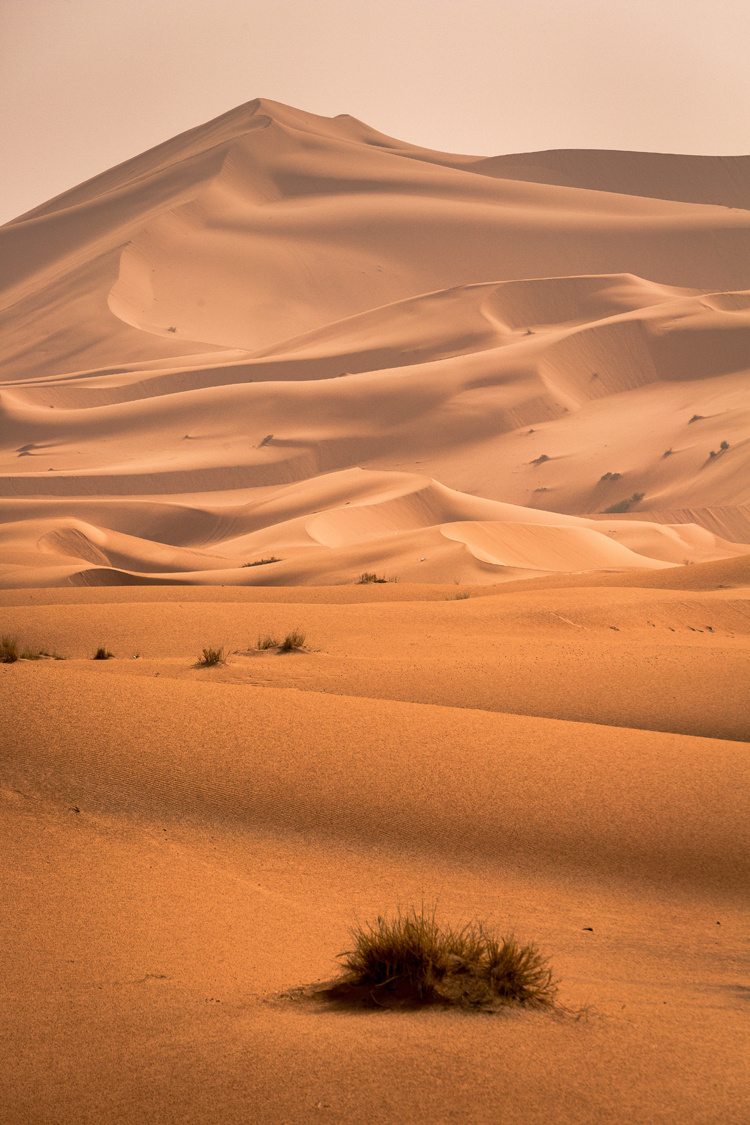
Cultural and Historical Significance
Ancient civilizations, such as the Egyptians and the Nabataeans, built cities and trade routes around dunes to take advantage of the natural resources and protection they offered.
In North America, Native American tribes utilized sand slopes for resources, agriculture, and spiritual practices.
Dunes have inspired countless artists, writers, and musicians, capturing their beauty and mystery in various forms of art.
Frank Herbert's acclaimed science fiction novel, "Dune," is set on a desert planet covered in massive sand formations, drawing attention to the unique features and importance of these phenomena.
Exploration and Science
NASA's Mars rovers have studied Martian dunes to gain insights into the planet's geological history and climate.
Earth's sand heaps are often used as analogs for extraterrestrial sand banks, helping scientists better understand dune processes on other planets.
Also, researchers use ground-penetrating radar to study the internal structure and movement of these simple yet austere ridges.
Dunes are a valuable resource for paleoclimatologists, as their layers can provide a record of past climate conditions.

Dune-Related Phenomena and Records
Singing or booming dunes emit low-frequency sounds when sand grains slide down their slopes, a phenomenon that remains not fully understood by scientists.
Believe it or not, the crescent-shaped dunes on Saturn's moon, Titan, are made of hydrocarbon particles rather than sand.
The Słowiński National Park in Poland contains some of Europe's tallest and fastest-moving dunes.
The Great Sand Dunes National Park and Preserve in Colorado, USA, boasts the tallest sand formations in North America.
Some reach heights of over 750 feet (229 meters).
Notable Dune Systems
Planet Eart is home to spectacularly large sand banks.
The Sahara Desert, the world's largest hot desert, is home to some of the most extensive and diverse sand systems on Earth.
The Namib Sand Sea in Namibia is a UNESCO World Heritage site and contains the world's oldest desert dunes, some of which are estimated to be five million years old.
The Rub' al Khali, or the Empty Quarter, is the world's largest sand desert, spanning parts of Saudi Arabia, Oman, the United Arab Emirates, and Yemen.
The Lençois Maranhenses National Park in Brazil features an exceptional landscape of large, white sand dunes interspersed with seasonal rainwater lagoons.
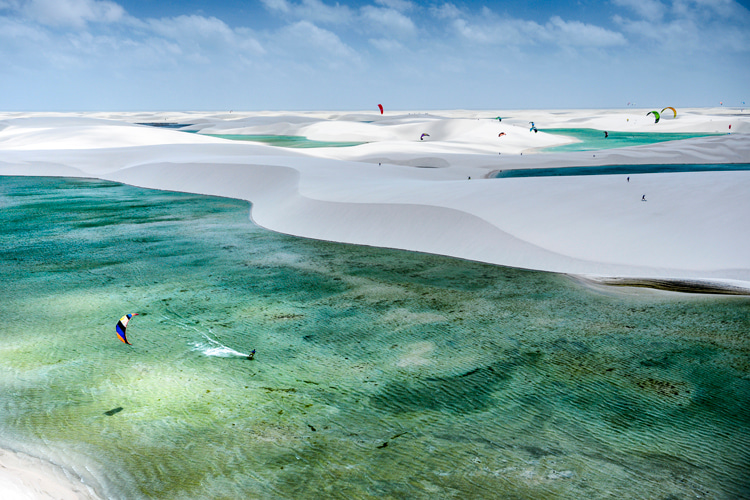
Surprising Facts
Sandboarders have been exploring and riding the world's largest sand formations since the 1960s.
The White Sands National Park in New Mexico, USA, is home to the world's largest gypsum dune field, covering 275 square miles (712 square kilometers).
The Badain Jaran Desert in China contains some of the tallest stationary dunes on Earth, with the highest measuring around 1,640 feet (500 meters).
Some coastal mounds, like the ones at Fraser Island in Australia, are composed of sand that contains minerals like rutile, ilmenite, and zircon, giving the sand a range of colors, including pink, orange, and red.
Fossil dunes, such as the ones found in Israel's Negev Desert, are ancient sand slopes that have become lithified or turned to stone over millions of years.
In certain regions, sand mounds can form underwater in bodies of water with strong currents, creating unique underwater landscapes.
The world's largest sand island, Fraser Island in Australia, is composed almost entirely of sand dunes and supports a diverse range of plant and animal life.
